A recent survey from Zapier and The Harris Poll found that 34% of Americans have a side-hustle, with 30% having started one in 2020 and 24% (61.1 million people!) planning to start one in 2021. The top reasons for people starting a side-hustle included the prospect of earning passive income (46%), doing something they enjoy (38%), and creating income diversity (33%).
In some ways, the side-hustle and freelancing movements have changed the way photographers work, with many Licensing their images for commercial use as a way to earn passive income. On 500px, photographers can easily submit images from their Profiles—if accepted by the Content Team, the photos will then be marketed to clients around the world, with the potential to sell again and again.
At the same time, this cultural trend has transformed how companies and marketers visualize the modern workplace. Commercial photography might once have centered around generic-looking businessmen in suits, but increasingly, image-buyers have searched for more diverse and nuanced portrayals of entrepreneurs, including creative freelancers building a brand from home.
In 2021, photographers aren’t just creating side-hustles for themselves; they’re also discovering new ways to capture what being a working professional looks like today. For some, that might mean teaming up with a small business owner to create a “day-in-the-life” photoshoot; for others, perhaps it means photographing a friend who works in the rideshare business. Maybe it means capturing someone doing a product shoot at home before listing their products online.
When it comes to capturing side-hustles, the options are limitless, making it a compelling niche for both established and emerging commercial photographers. Here are our tips for tapping into this trend and creating pictures that resonate with buyers.
Tip #1: Track the trends
As early as 2019, Getty Images noticed that customer searches for “freelancer” had gone up by 99% year-on-year, with the search term “contractor” increasing 81%. Meanwhile, “working from home” grew 122%. These kinds of images are in-demand, and they offer plenty of creative possibilities.
If you’re not sure where to start, begin by exploring popular side-hustles and brainstorming ways of visualizing them. According to research from the investing app Acorns, one in five survey respondents in the US said they were interested in food and grocery delivery as a side-hustle, so that might serve as a point of departure for future photoshoots. A few other side-hustles that attracted interest included driving for a ride-sharing company, teaching classes virtually, and selling items online.
Tip #2: Aim for variety
When documenting the gig economy, remember to get the most out of your photoshoots. A single session on grocery shopping, for instance, can include shots of the buyer ordering online, the store employee bagging the items, the driver or bike messenger delivering them, and the buyer picking up a contactless delivery. Similarly, a photoshoot about selling homemade products can include the creator making the goods and listing them online as well as the buyer online shopping and receiving a package in the mail.
Instead of one scenario, set up several, and aim for different settings, locations, and activities. Marketers will often look for several images to go together as part of a larger advertising campaign, so including all the steps involved in a side-hustle, from start to finish, can help give them more options. Mixing it up on set will also ensure your photos don’t get rejected for being too similar, maximizing your chances of success. In addition to capturing a variety of situations, aim for several angles. Get close up for those detail shots, and then go wide to capture the entire scene.
Tip #3: Keep it real
According to research from Getty Images’ iStock, more than half of customers in the UK think it’s important to support small and local businesses, with people feeling three times as likely to be personally addressed and valued by small businesses than large retailers. Beyond that, a quarter of customers want to see content that reflects their current lives and experiences.
Today’s image-buyers want visuals their customers can relate to, so another place to start is with your own network of friends, family, and local contacts. You can’t “fake” authenticity, so if you know someone who’s starting a small business, ask if you can document their work behind-the-scenes. You can even make a deal where they sign a model release (this is necessary if you plan to license the photos commercially) and in exchange, they get free photos to promote their business.
Another benefit of collaborating with a freelancer or entrepreneur is that they might also have ideas for your shot list. They know their business better than anyone, so take the time to ask them about the most important steps in their workflow. As you discuss, take notes of different scenarios to visualize along the way.
Tip #4: Incorporate tech
In 2019, as customers on Getty Images searched for terms like “contractor” and “freelancer,” another search term trended: “technology innovation” went up 61% year-on-year. Many of the jobs within the gig economy, from grocery delivery to online shops, are powered by technological innovation and development.
Meanwhile, creating an online presence has become even more vital to brands. A recent report from Top Design Firms indicates that 71% of small businesses have a website, and 44% of those without a website plan to create one in 2021. Whether you’re photographing a freelance illustrator working on their tablet, a driver accepting a new ride through an app, or a small business owner listing products on their eCommerce site, chances are your props will include a device of some sort.
One thing to keep in mind when using tech is that many of these designs are protected by copyright, so they can’t be featured in photographs intended for commercial use. This restriction includes obvious details such as the Apple logo on your phone or the Uber icon on your screen, but it also extends to sneakier elements like side ports, buttons, camera designs, or even the command key logo. You can avoid these intellectual property issues by choosing generic props or covering up trademarked details with creative framing. In the case of smaller elements, you’ll also be able to edit them out or change them during post-production.
(Note: Any visible artwork will also need a property release from the creator.)
Business-themed photography has always been a staple of the commercial photography industry, but in many ways, there’s never been a better time to explore this niche. From the rising popularity of the side-hustle to the flexibility of teleworking, the last year has ushered in significant changes in the way we work. These trends will remain relevant in the year to come, so consider incorporating them into your next commercial shoot.
Not on 500px yet? Click here to learn about Licensing with 500px.
The post Capturing the side-hustle in commercial photography appeared first on 500px.
[NDN/ccn/comedia Links]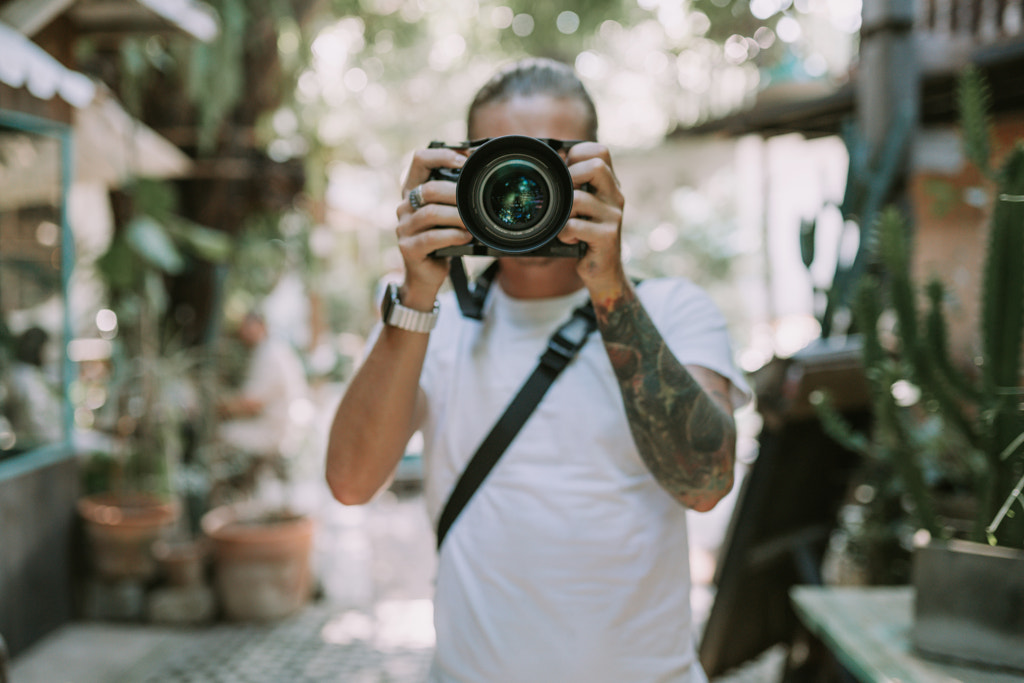


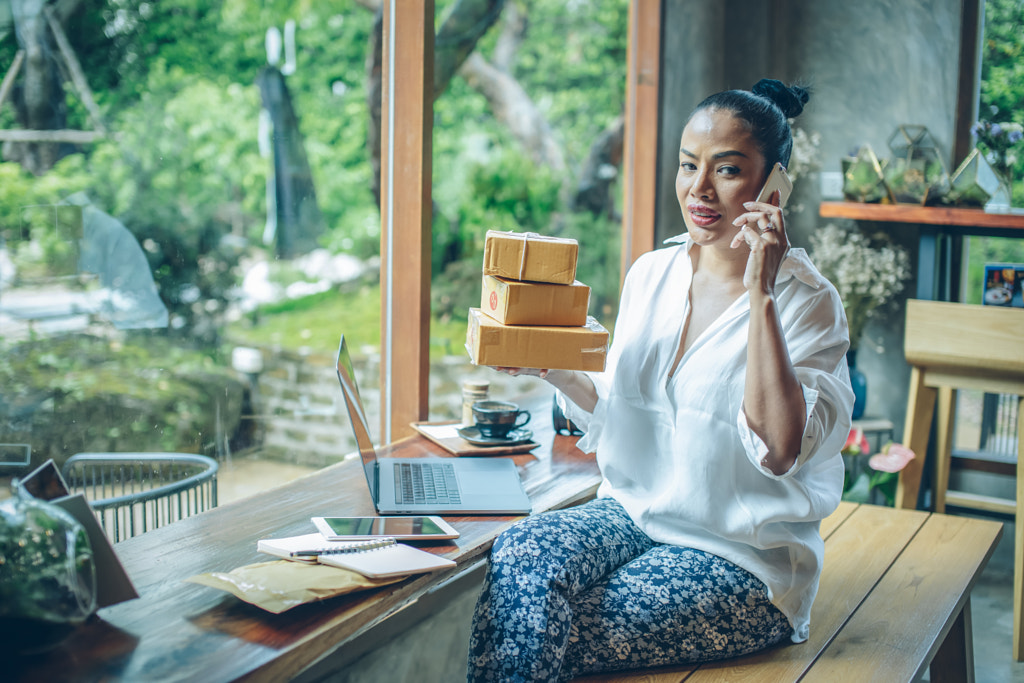


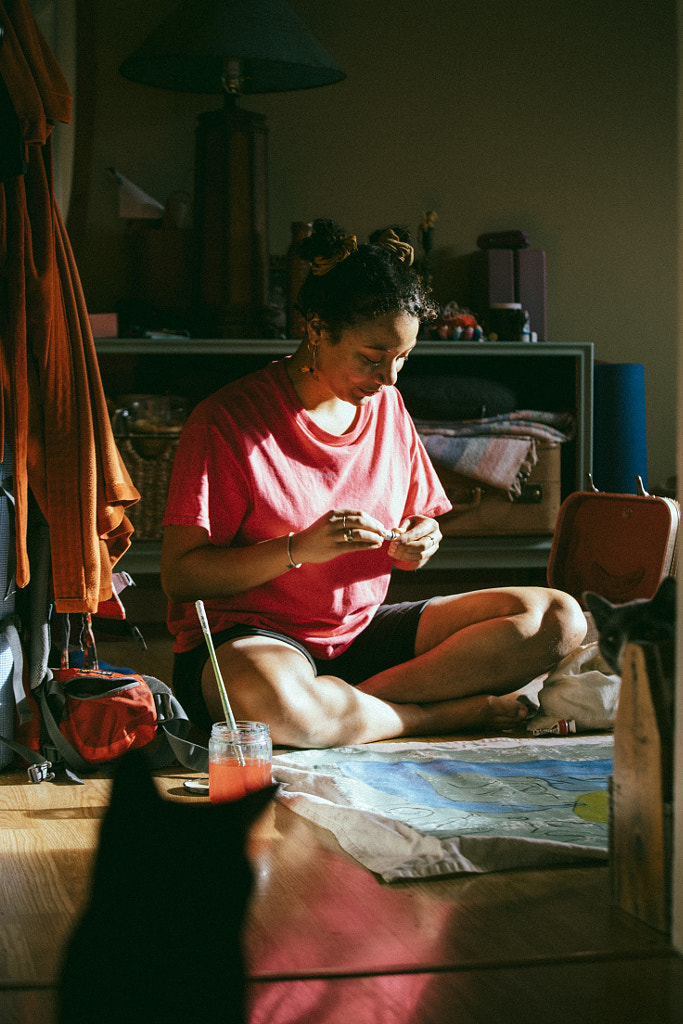
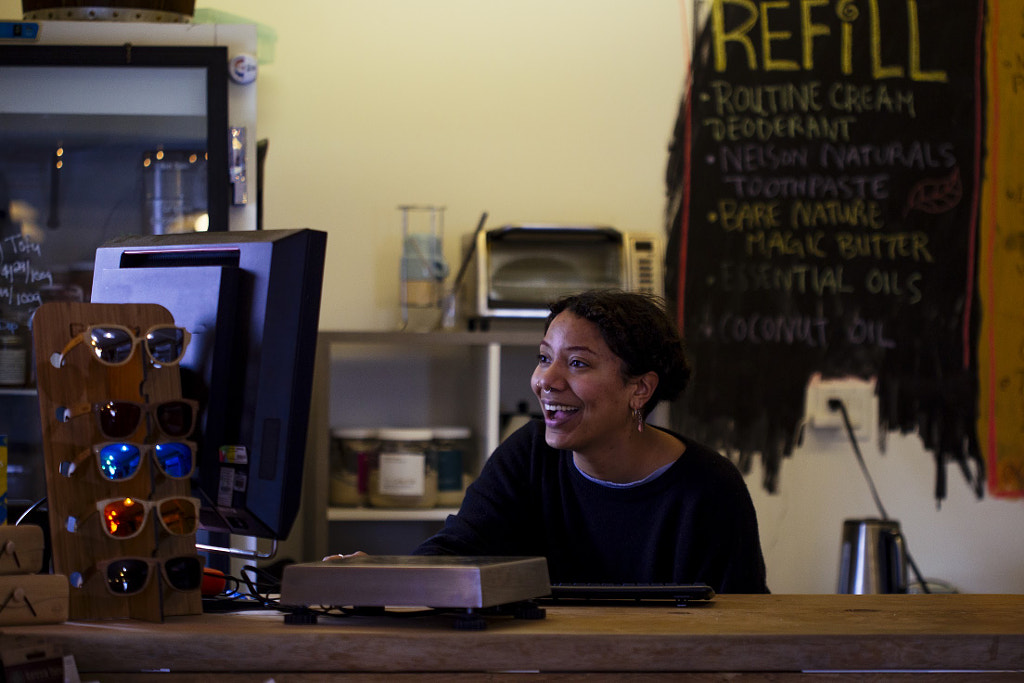


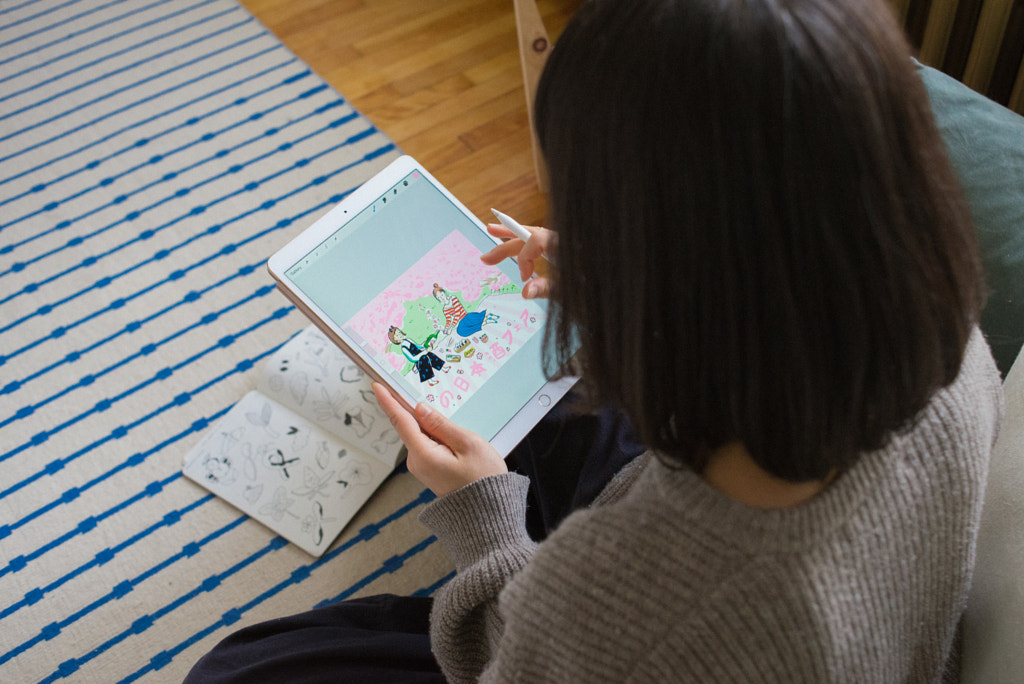
No comments:
Post a Comment